The idea sprouted during a spring 2024 City Council meeting, at which Mary Kelley of the Healdsburg Garden Club suggested the city select its own plant—a city flower, shrub or tree. It took root in the Fiscal Year 2024-25 Goals the city adopted a couple of months later as an agreed-upon goal for the fiscal year, which ends this month.
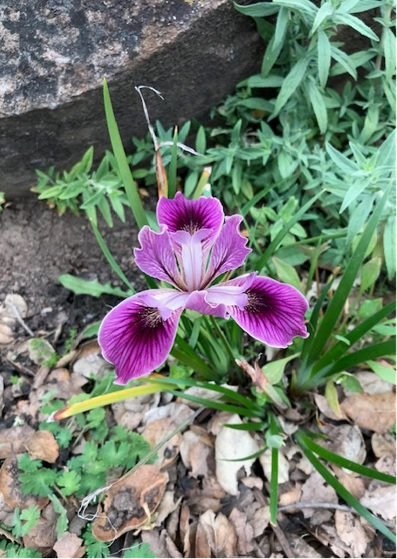
Just in time, then, the City Council heard from the Healdsburg Garden Club about its recommended plants for council consideration. Theresa Wistrom and Wendy Smit presented arguments for six choices, not recommendations per se, but some options that met an agreed-upon list of qualifications: It would be recognized for its beauty and native value; its historical, economic or environmental significance; and/ or its status as potentially threatened or endangered.
In the Club’s May 19 presentation to the City Council, Wistrom said that “choosing a favorite plant is like choosing a favorite child. They’re all good; they have their good sides and their not-so-good sides.”
Now the idea is flowering into a public survey of which of six plants—four flowers, a tree and the wild grape itself—would best represent the City of Healdsburg in an arboretum of jurisdictional flora.
By way of precedence, Santa Rosa has the Santa Rosa Plum (a Luther Burbank clone); Sacramento both the camellia flower and blue oak; San Francisco the dahlia and Monterey cypress. True to form, Los Angeles’ flower is the Bird of Paradise and its tree the Coral tree—neither one of which is native to the area.
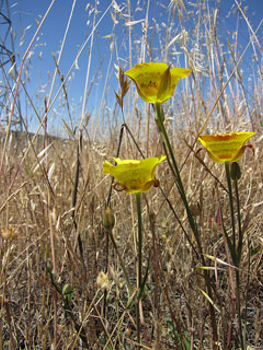
While all the nominated plants are found in the area, Healdsburg Garden Club did limit its list to native plants, though some are widely found outside Healdsburg’s city limits. The proposal included four flowers: the Douglas iris, the yellow mariposa lily, scarlet fritillary and blue-eyed grass.
Perhaps an unexpected but oddly appropriate choice is the California native grape, which according to Wistrom’s presentation has provided phylloxera-resistant root stock to much of the world’s vineyards. Finally the oak tree, in all its local forms, from valley oak to live oaks and blue oaks.
All of the proffered candidates have something to offer, from the colorful floral candidates to habitat anchors like the oaks. Beyond their eye-pleasing qualities, however, even the flowers have a practical side: The mariposa lily bulbs were a staple of the Native American diet, and blue-eyed grass was recognized for medicinal purposes.

Pick a plant
As difficult as it was for members of the Healdsburg Garden Club to narrow down their list of plants, so too it proved impossible for the City Council to decide in a single meeting a “favorite child” from the list. Councilmember Ron Edwards wondered which oak tree might best represent Healdsburg as no other place, but for the most part the conversation focused on flowers, not trees.
Vice Mayor Chris Herrod, looking ahead to a vested civic interest in the propagation of a “city flower,” asked about the ease of planting any for public display. (The city staff proposal in fact included as a potential cost of the selection “Giving away seeds or seedlings of the selected flower/plant and/or tree to residents to plant in their yard.”)
Both Wistrom and Smit agreed the Douglas iris would be the most adaptable to civic purpose, as it’s colorful and easy to grow, though the blue-eyed grass could also sustain the spotlight.
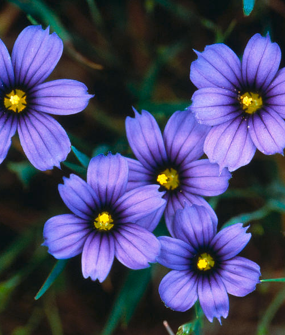
Councilmember Ariel Kelley, joining the meeting remotely, suggested “polling our community” to find out public sentiment on the choice, acknowledging it was outside her area of expertise.
Councilmember David Hagele also expressed a reluctance to make a choice—“maybe the wrong term to use is to pick a flower”—and also seemed interested in what role the plant would play in the community going forward.
When pressed, Wistrom admitted her choice would be the California native grape, and not only because it’s become so important to this area with the growth of winemaking. “What other town in the United States can claim this? Maybe a few, but we’ve got a good claim on it,” she said.
Hagele pointed out the native grape is in the city logo, as well. Still, as further conversation didn’t reveal any consensus among the council members, Mayor Evelyn Mitchell agreed with Kelley that a public survey might be appropriate.
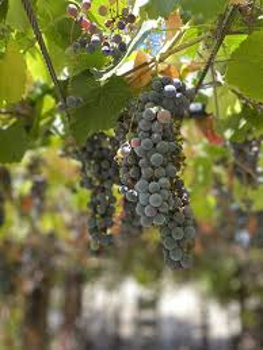
City Manager Jeff Kay said he didn’t think an online survey would be a very “heavy lift,” though he noted that a means to fill out the survey must be available for people uncomfortable with the online world. Notions of theme nights at Tuesday in the Plaza were floated, and Community Services Director Mark Themig playfully suggested a “festival!”
The result was that no selection was made, but it was left to another meeting to evaluate the results of the survey of Healdsburg residents on the six plants offered for consideration, following whatever public input can be gleaned in the next month.
Officially, public input on the City Plant began on June 10 and is planned to run for a month, until July 9. However the council reserves the right to make the final decision, following the public input.
City staff has created an online survey for public polling, with descriptions of the nominated plants. It can be found at: healdsburg.gov/cityflowerplanttree.


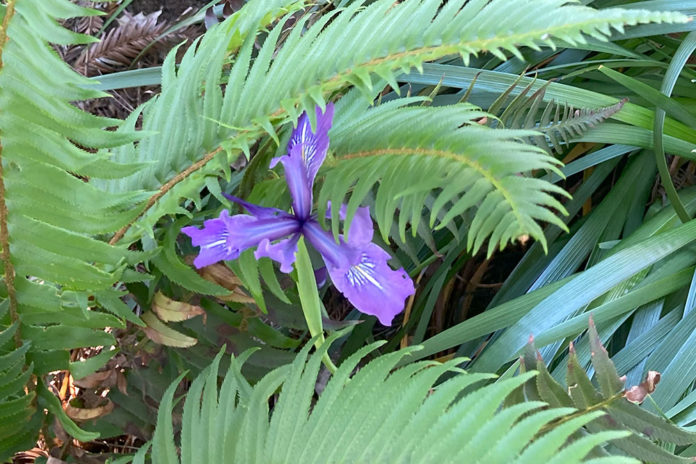
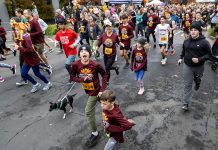
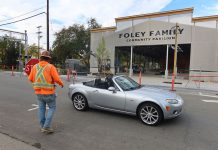





I nominate “Naked Ladies” as the Plant of Healdsburg. It grows in poor soils. Only blooms for a few weeks in late July, and is poisonous.